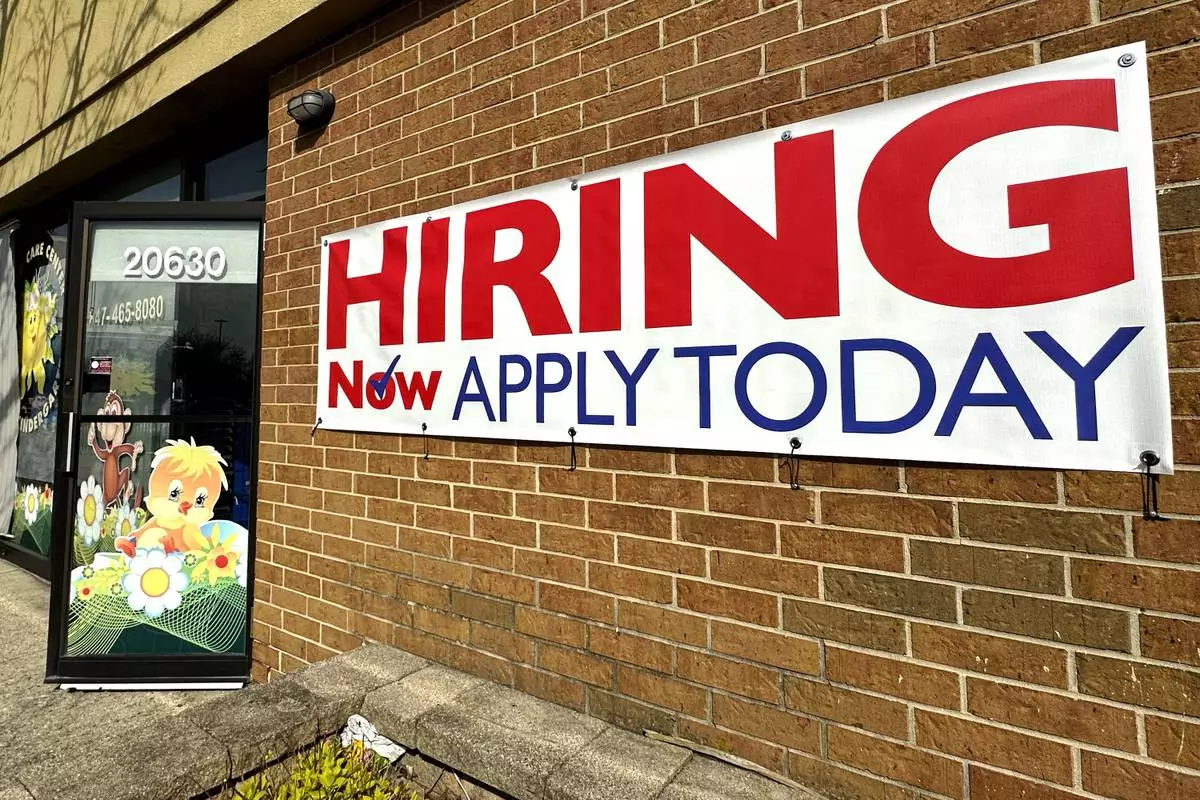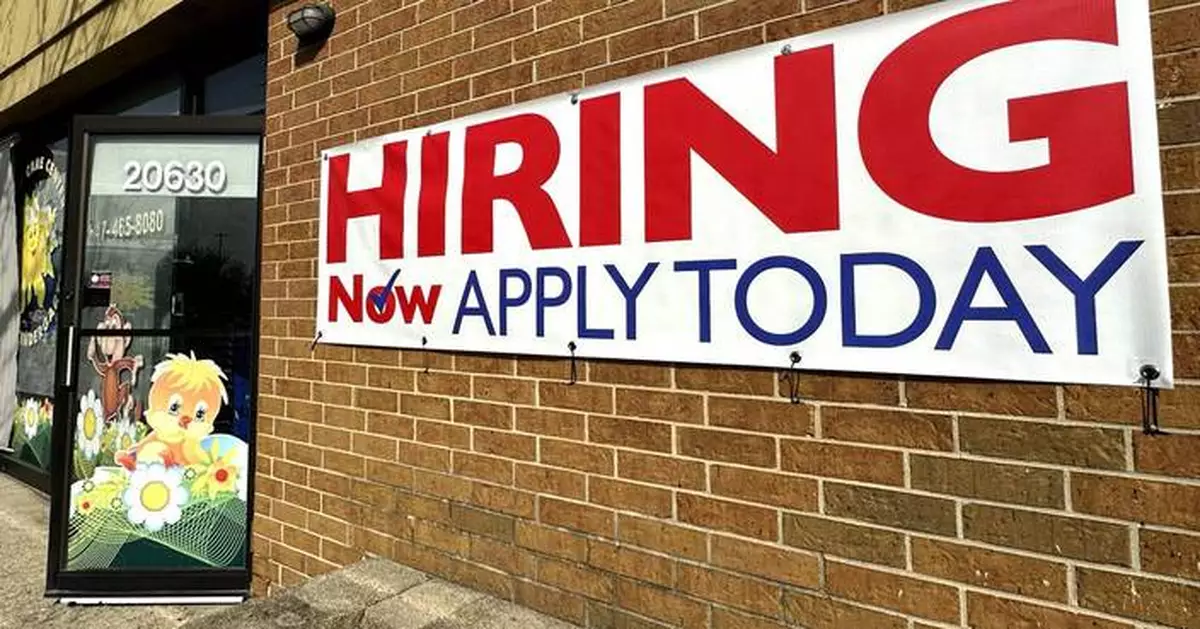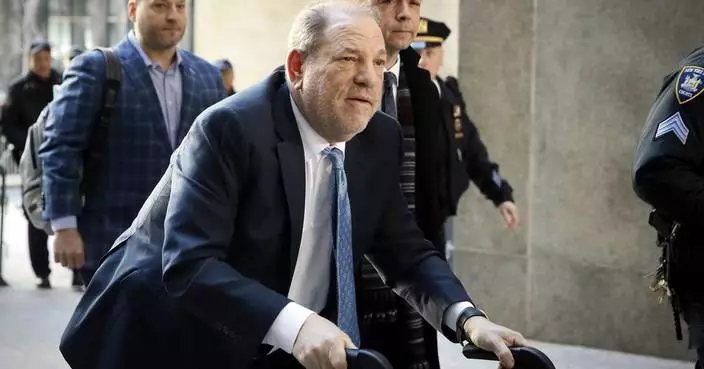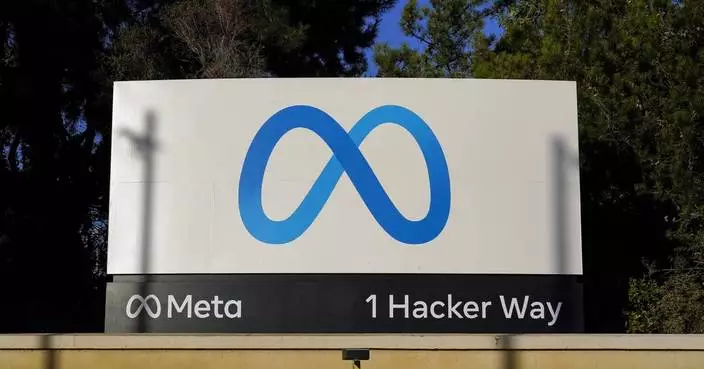The number of Americans filing for jobless benefits didn't change last week as the labor market continues to defy efforts by the Federal Reserve to cool hiring.
The Labor Department reported Thursday that unemployment claims for the week ending April 13 were unchanged from the previous week’s 212,000.
The four-week average of claims, which softens some of the weekly volatility, was also unchanged at 214,500.
Weekly unemployment claims are considered a proxy for the number of U.S. layoffs in a given week and a sign of where the job market is headed. They have remained at historically low levels since the pandemic purge of millions of jobs in the spring of 2020.
In total, 1.81 million Americans were collecting jobless benefits during the week that ended April 6, an increase of 2,000 from the previous week.

A hiring sign is displayed in Riverwoods, Ill., Tuesday, April 16, 2024. On Thursday, April 18, 2024, the Labor Department reports on the number of people who applied for unemployment benefits last week. (AP Photo/Nam Y. Huh)
WASHINGTON (AP) — The Federal Reserve on Wednesday emphasized that inflation has remained stubbornly high in recent months and said it doesn’t plan to cut interest rates until it has “greater confidence” that price increases are slowing sustainably to its 2% target.
The Fed issued its decision in a statement after its latest meeting, at which it kept its key rate at a two-decade high of roughly 5.3%. Several hotter-than-expected reports on prices and economic growth have recently undercut the Fed’s belief that inflation was steadily easing. The combination of high interest rates and persistent inflation has also emerged as a potential threat to President Joe Biden’s re-election bid.
“In recent months," Chair Jerome Powell said at a news conference, “inflation has shown a lack of further progress toward our 2% objective."
“It is likely that gaining greater confidence,” he added, "will take longer than previously expected.”
The Fed chair stressed, as he has before, that the central bank's decision on when to cut rates will depend on the latest economic data. But he struck a note of optimism, saying, “My expectation is that over the course of this year, we will see inflation move back down.”
Wall Street traders cheered the prospect that the Fed will cut rates at some point this year, even if not as soon as they had hoped. Share prices surged and yields fell during Powell's news conference, with stock indexes all rising more than 1%.
Still, the central bank’s latest message reflects a shift in its timetable on interest rates. As recently as their last meeting on March 20, the Fed’s policymakers had projected three rate reductions in 2024, likely starting in June. Rate cuts by the Fed would lead, over time, to lower borrowing costs for consumers and businesses, including for mortgages, auto loans and credit cards. But given the persistence of elevated inflation, financial markets now expect just one rate cut this year, in November, according to futures prices tracked by CME FedWatch.
The Fed’s warier outlook stems from three months of data that pointed to chronic inflation pressures and robust consumer spending. Inflation has cooled from a peak of 7.1%, according to the Fed’s preferred measure, to 2.7%, as supply chains have eased and the cost of some goods has actually declined.
Average prices, though, remain well above their pre-pandemic levels, and the costs of services ranging from apartment rents and health care to restaurant meals and auto insurance continue to surge. With the presidential election six months away, many Americans have expressed discontent with the economy, notably over the pace of price increases.
On Wednesday, the Fed announced that it would slow the pace at which it’s unwinding one of its biggest COVID-era policies: Its purchase of several trillion dollars in Treasury securities and mortgage-backed bonds, an effort to stabilize financial markets and keep longer-term rates low.
The Fed is now allowing $95 billion of those securities to mature each month, without replacing them. Its holdings have fallen to about $7.4 trillion, down from $8.9 trillion in June 2022, when it began reducing them. On Wednesday, the Fed said it would, in June, reduce its holdings at a slower pace, and allow a total of $60 billion of bonds to run off each month.
By cutting back its holdings, the Fed could contribute to keeping longer-term rates, including mortgage rates, higher than they would be otherwise. That’s because as it reduces its bond holdings, other buyers will have to buy the securities instead, and rates might have to rise to attract the needed buyers.
The U.S. economy is healthier and hiring stronger than most economists thought it would be at this point. The unemployment rate has remained below 4% for more than two years, the longest such streak since the 1960s. And while economic growth reached just a 1.6% annual pace in the first three months of this year, consumer spending grew at a robust pace, a sign that the economy will keep expanding.
That economic strength has led some Fed officials to speculate that the current level of interest rates might not be high enough to have the cooling effect on the economy and inflation that they need — and that the policymakers might even need to switch back to rate increases.
But at Wednesday's news conference, Powell sought to dispel such speculation, saying, "I think it’s unlikely that the next policy rate move will be a hike.”
He also downplayed any concerns that the economy might be at risk of sliding into “stagflation” — a toxic combination of weak growth, high unemployment and elevated inflation that afflicted the United States during the 1970s.
“I was around for stagflation," Powell said, "and it was 10% unemployment, it was high-single-digit inflation. And very slow growth. Right now, we have 3% growth which is pretty solid growth, I would say, by any measure. And we have inflation running under 3%. ...I don’t see the ‘stag’ or the ‘flation,’ actually.”

FILE - Federal Reserve Board chair Jerome Powell speaks during a news conference at the Federal Reserve in Washington, March 20, 2024. The Federal Reserve wraps up its two-day policy meeting Wednesday, May 1, 2024. Most analysts expect that the central bank will leave its benchmark borrowing rate alone for the sixth straight meeting. (AP Photo/Susan Walsh, File)










